|
My new course, "Mochi & Wagashi Class" has proved to be quite popular this month. This course will teach you how to make strawberry daifuku mochi and Tofu warabi mochi in addition to the two types of nerikiri wagashi.
I will have another Mochi & Wagashi Class this Friday (Dec. 15th) at 10 am, so those of you interested, please contact me.
0 Comments
The autumn wagashi has been very well received and we had a lot of fun making wagashi. My class on Tuesday was joined by a group from Singapore who insisted in coloring the autumn leaves green as the leaves do not turn brown in Singapore. They also used unconventional bright colors to make the last piece, which was very interesting.
I always say that we use things in nature as the motif for wagashi, and since nature is never perfect, you don't have to be perfect. We can use our imagination to make our own shapes and that is the beauty of making nerikiri wagashi. We also received a visit from the writers from Via Magazine. This magazine can be found in the pockets of the airport limousines. My class will be featured in the Winter Issue to be released in January. Following my 2 weeks of Wagashi teaching, I will be holding another one next week (Nov. 9th) Please sign up if you are interested. The last two weeks of October is wagashi week! I will be holding 2 classes a week (total of 4 classes), so if you haven't signed up for a class to do autumn wagashi check out the dates and send me a booking request.
Dates & time : Oct. 23rd at 10 am, Oct 27th at 1:30 pm, Oct, 30th at 10:30 am, Oct. 31st at 1:30 pm. Please see the class calendar for the latest schedule. I made some Halloween nerikiri sweets to join the festivity! 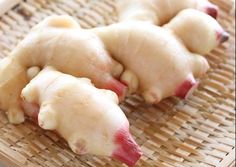 Gari is the thinly sliced ginger marinated in sweet vinegar accompanying sushi. We eat it to refresh our palate after eating fish, Ginger also has a minor anti-microbial properties which is useful when eating raw seafood. I've started adding the gari making in my sushi classes this week as it is now the fresh ginger season. (although you can get it almost year round now). The pink color is natural which comes from the pink tip. (some store bought gari may use artificial food coloring). It is interesting to see the ginger turn pink after marinating it for a while. Following up on my previous post regarding my health condition, test results are out and seem like I have to go through surgery. Hopefully they won't keep me in the hospital for so long, but I will have to close my cooking class in June (Last class will be my wagashi class on June 2nd.)
I will resume taking bookings around end June depending on how I'm recovering. I apologize for the inconvenience and hope to see you all soon! Seems like wagashi(Japanese Traditional Sweets) is the new trend. I've been getting a lot of requests for a wagashi class this month, so I set up a couple of classes.
Come and explore the art of wagashi and learn to make them yourself. You will be making 4 pieces of wagashi in this class which you may taste after class with a bowl of matcha green tea or take home with you in a box. Classes scheduled in April and May:
Yesterday was "Premium Friday" in Japan. For those of you who have no clue what this is, it is a government backed campaign to boost consumer spending after work by encouraging workers to leave early on the last Friday of the month , which just started in February.
This month the "Premium Friday" happened to fall on the last day of the Fiscal Year, so I doubt that the second Premium Friday contributed much for consumer spending except for farewell parties for those leaving the company. For my cooking class, I had a group of British Company workers come to do a team building activity by cooking. They split up into 3 groups to make three kinds of gyoza dumplings. I hope they enjoyed their Premium Friday Evening! Today was a Chirashizushi class. Chirashizushi is a type of sushi that is served on a plate with toppings scattered on the sushi rice. Chirashi or Chirasu in Japanese means to "scatter". This is a typical Girls day dish, which falls on the 3rd of March every year to celebrate the well being of the girl(s) in the family.
Although the Chirashizushi is eaten all year round, the girls day Chirashizushi is topped with ingredients that symbolizes good fortune. For instance, the shrimp symbolizes, longevity as the bent shape resembles an elderly person. The lotus root symbolizes good future as you can look through the holes, the kinshitamago (shredded eggs) symbolizes gold, the beans (in most cases it will be snow peas) symbolizes hard work. And especially for girls day we decorate the sushi with sakura dembu, a pink colored dried and shredded fish which symbolizes a cherry blossom. We also made clam soup which symbolizes happy marriage as there is only one match for a set of clam shells. The class finished off with a sakura mochi, which is also a girls day dish. The first class of the year started off with a wagashi class attended by visitors from Guam, Canada and Hong Kong. A lovely little visitor made cute wagashi sweets including a mountain full of flowers. The class ended with a tasting session with a bowl of matcha.
My class aprons which I ordered last year debuted on this day too. And I think they look great! Hope everyone has had a great holiday. My children are finally back to school and peace has arrived this morning and I am busy tiding up the house.
I've recieved a request for the intensive cooking course to start in February. If anyone is keen on joining this course, please let me know. I can arrange a day that is convenient for all the participants (weekdays at 10:00 unless otherwise requested). This is a great course if you are new to Japan and would like to learn the basics of Japanese Cooking. The course will start off with a tour to the local supermarket to introduce you to all the basic condiments and ingredients. The first class will teach you how to make dashi, the fish stock which is the basis of most Japanese dishes. We will make couple of dishes using the dashi. The other classes will guide you through the most basic ingredients, soy sauce, mirin, tofu, miso. In each class you will make one soup, 1 or 2 side dishes, main dish and a rice dish. You may choose what you would like to make for the last class. For details of this course please visit this page. |
AuthorI'm Miyuki and I teach Japanese Home cooking at my home in Tokyo. Archives
February 2021
Categories
All
|
service |
Information |
© COPYRIGHT 2015. ALL RIGHTS RESERVED.
|

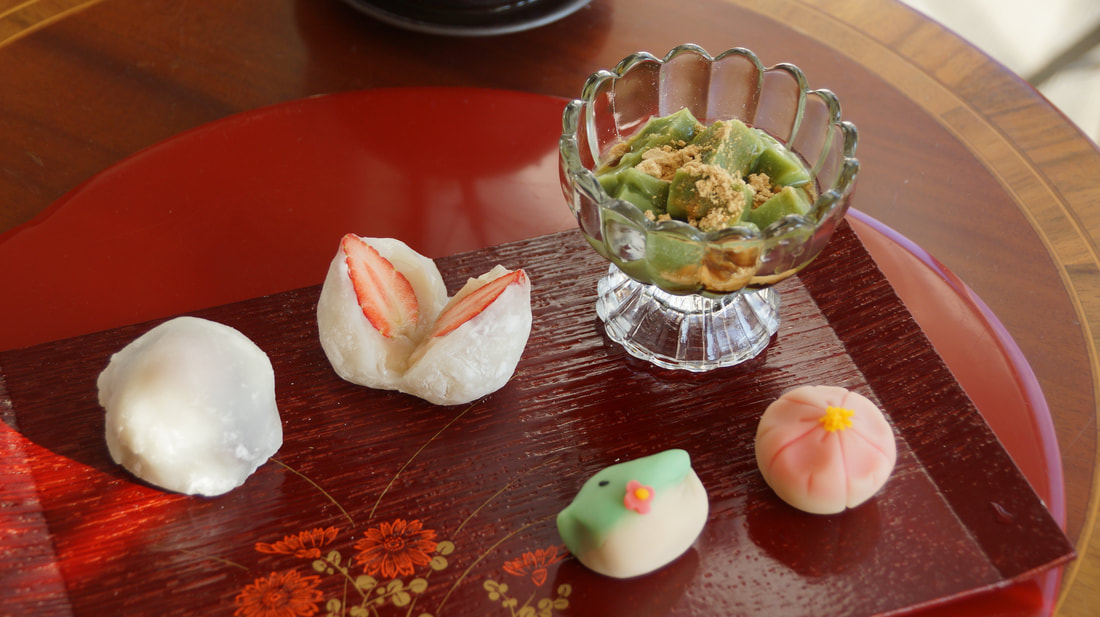
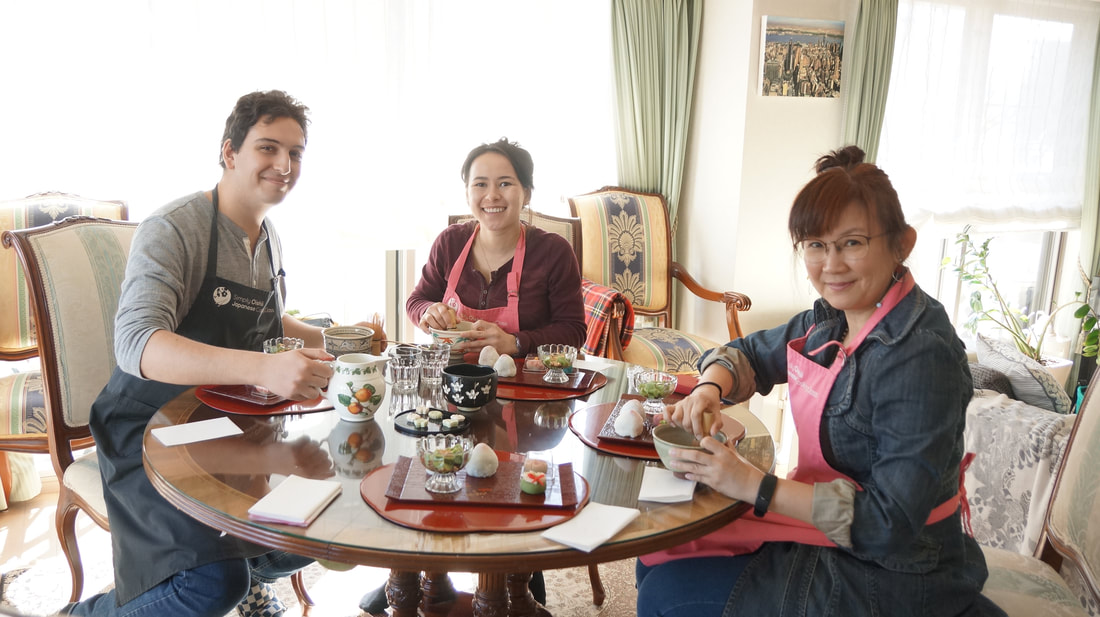
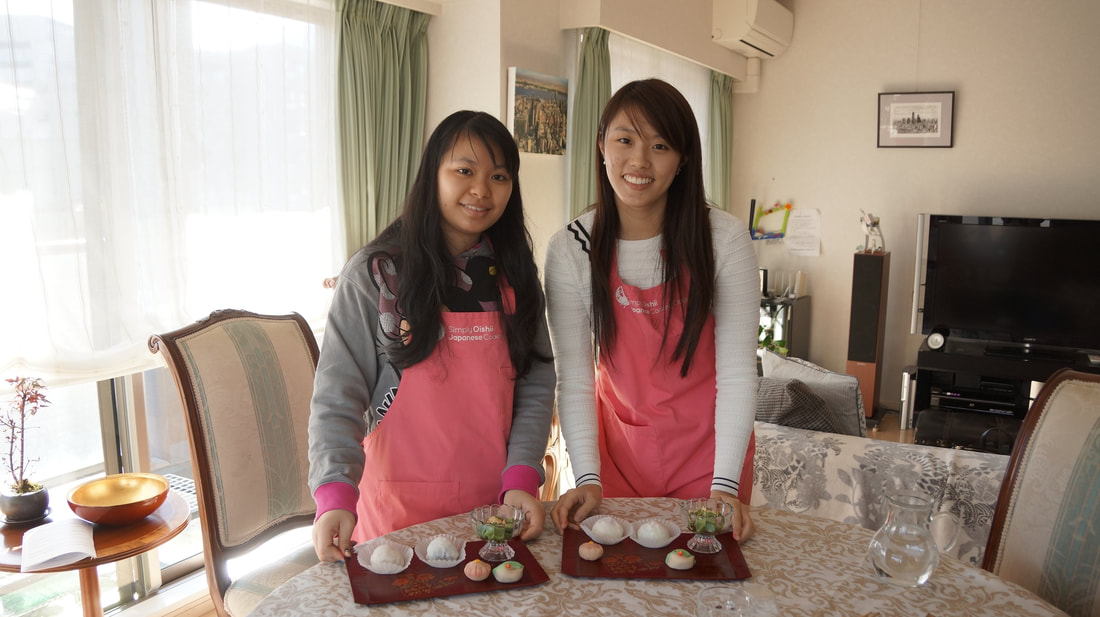
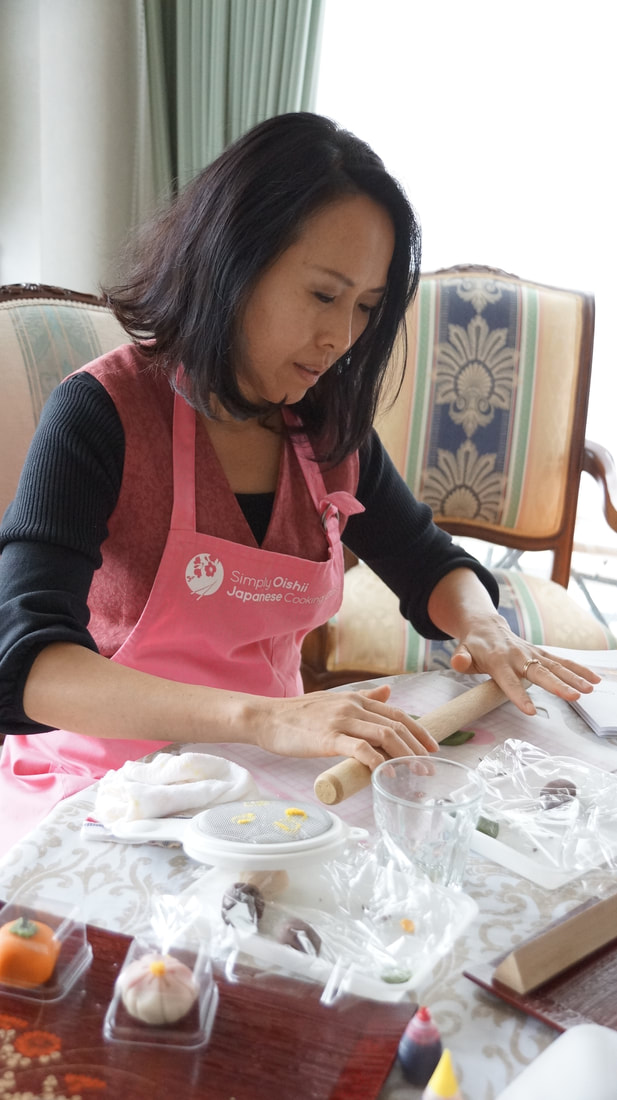
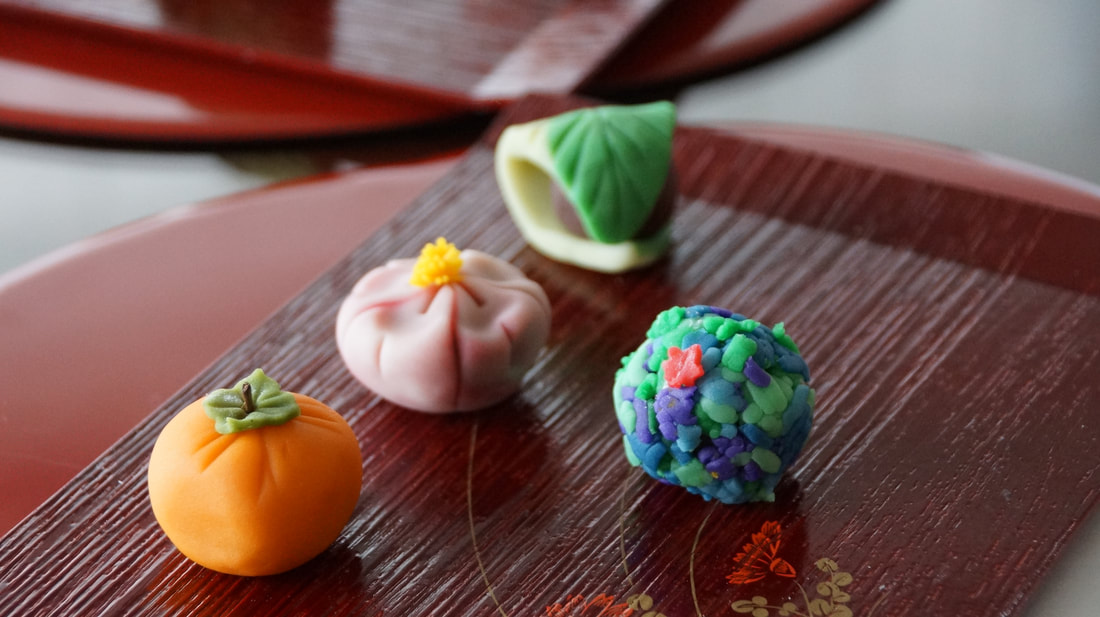
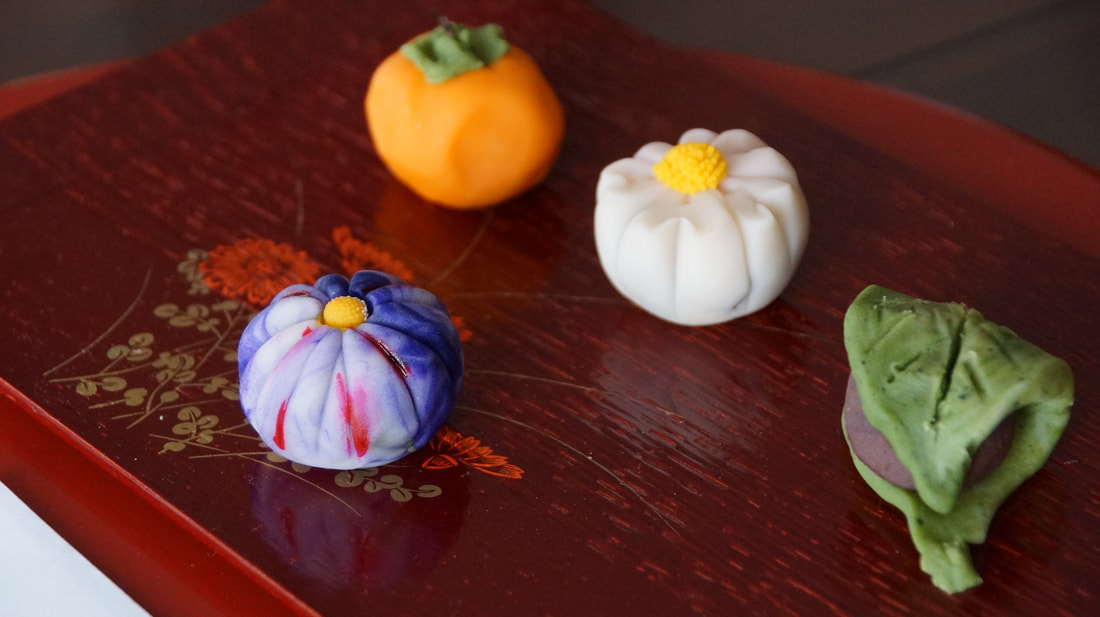
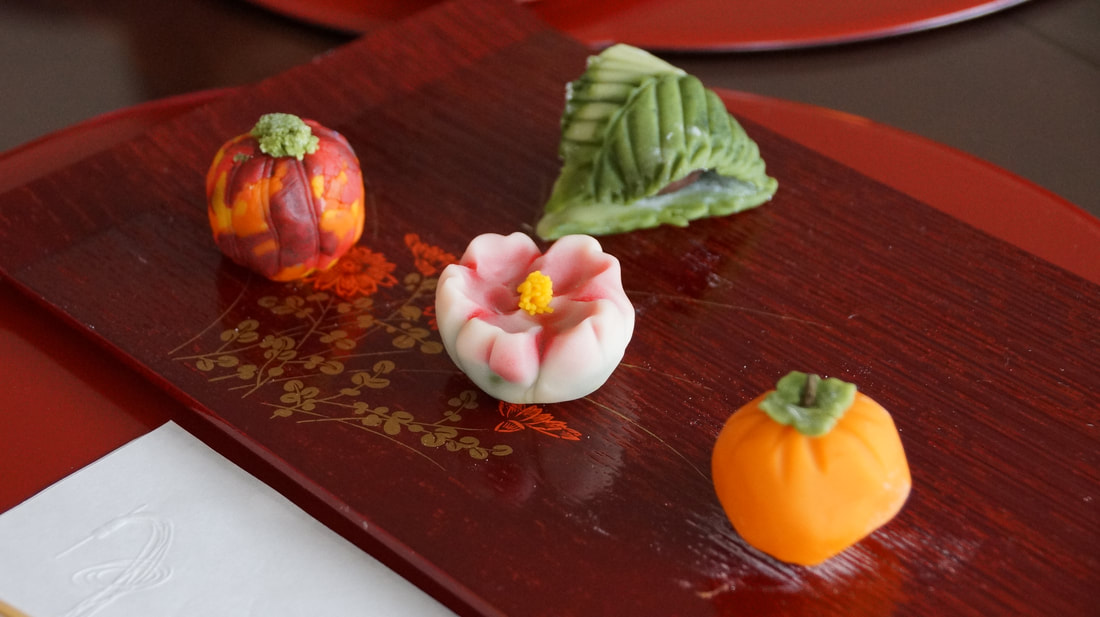
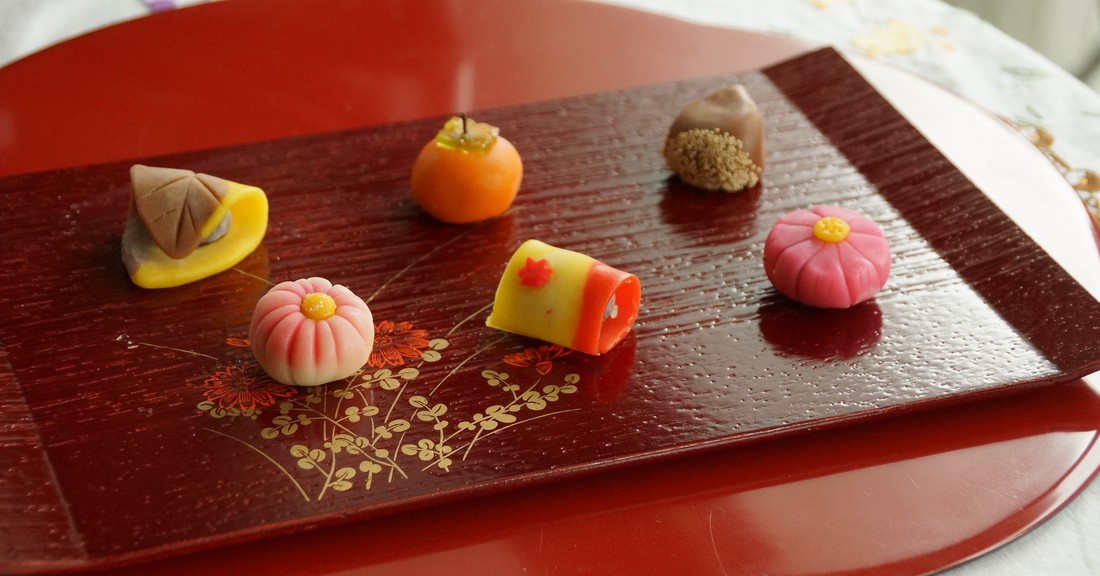
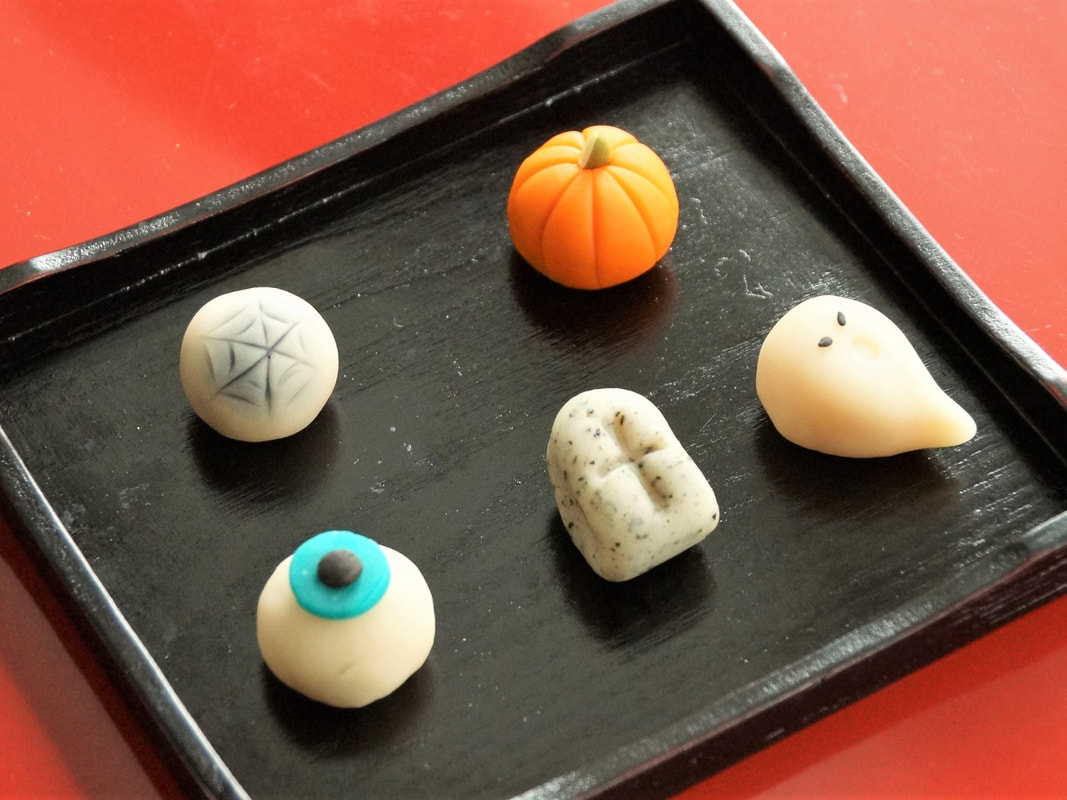
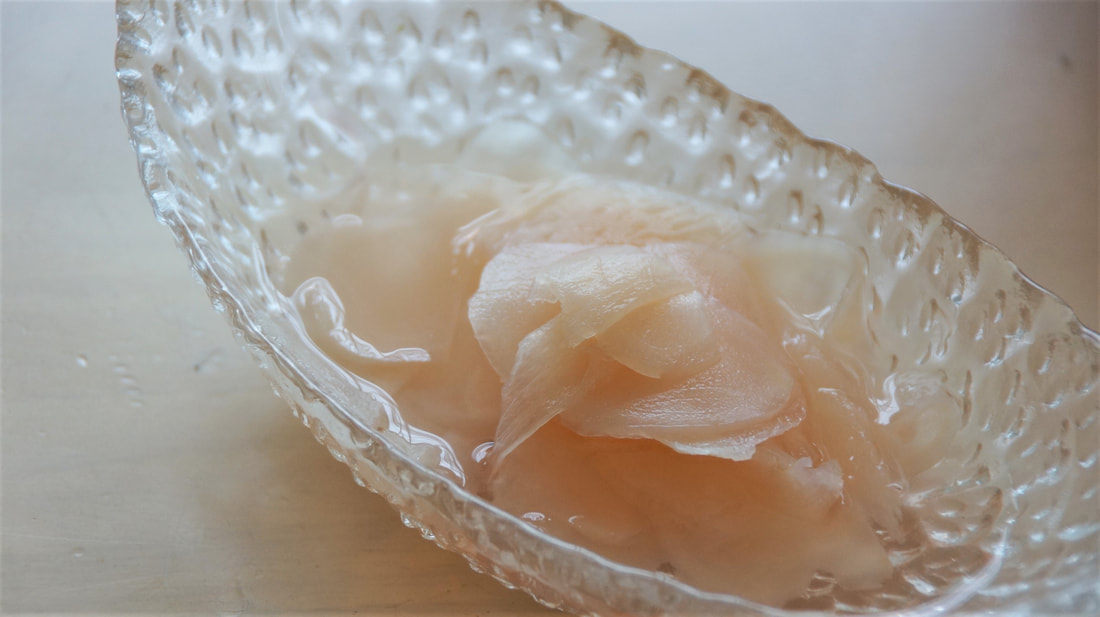
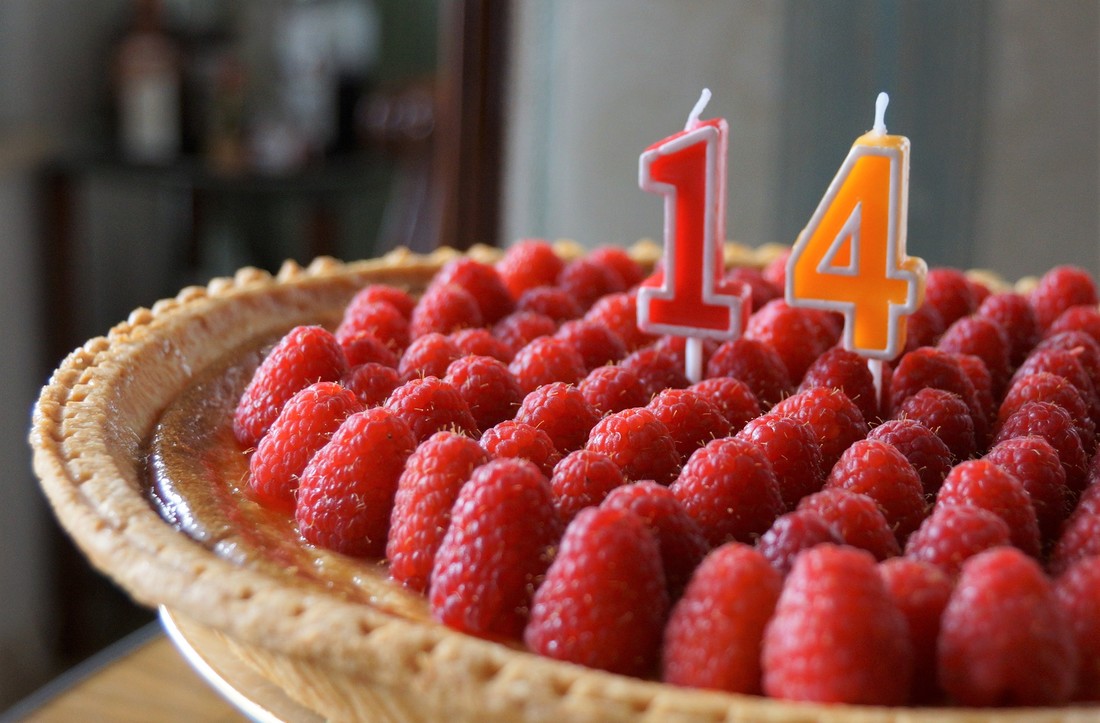
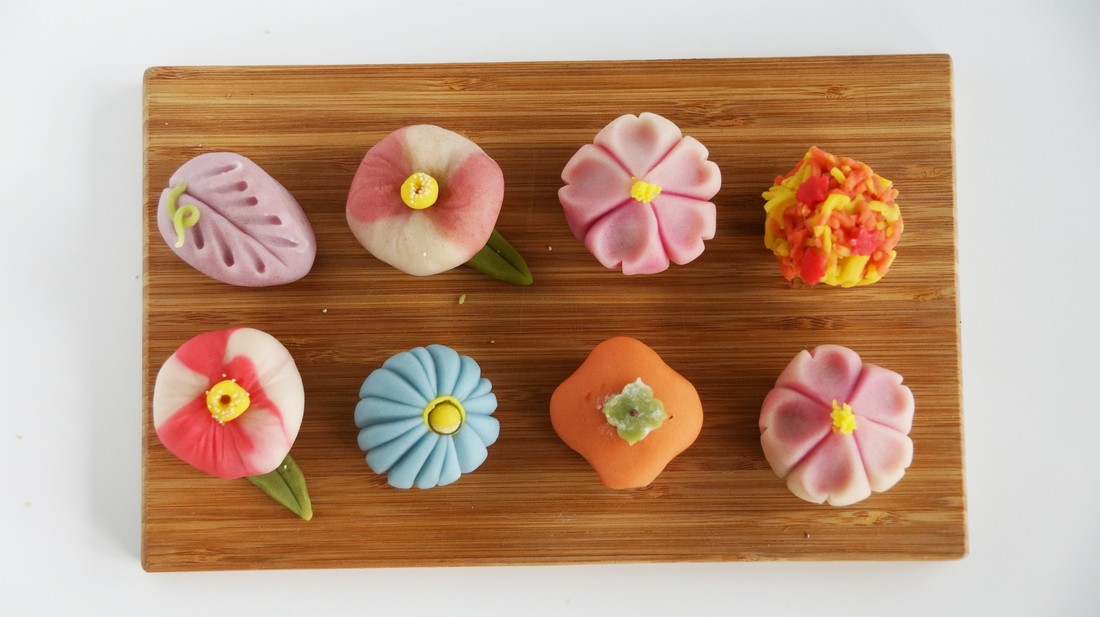
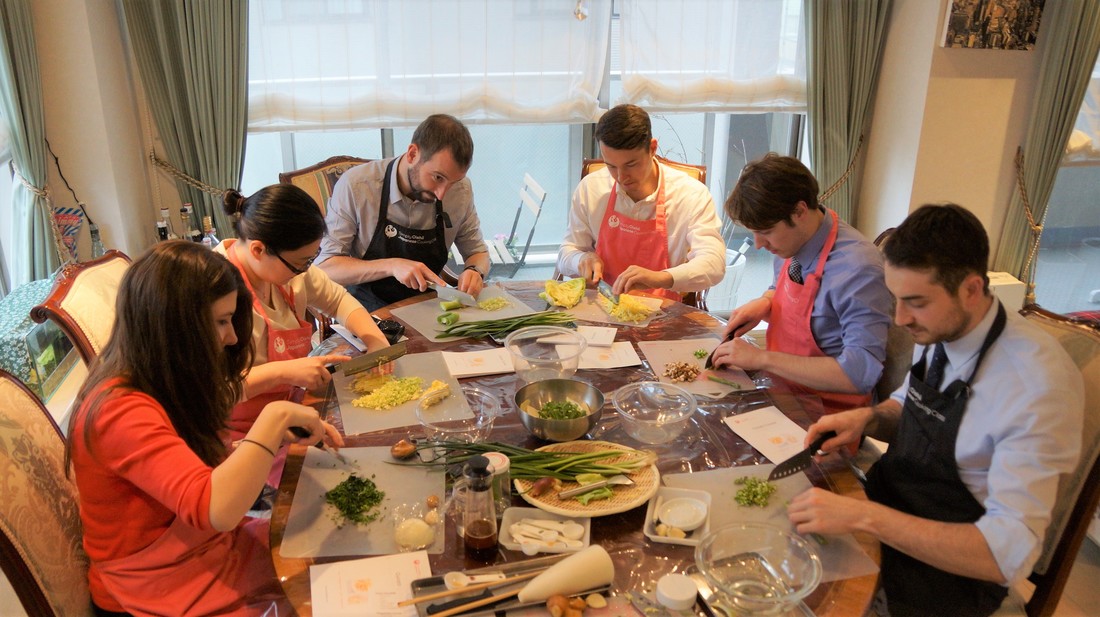
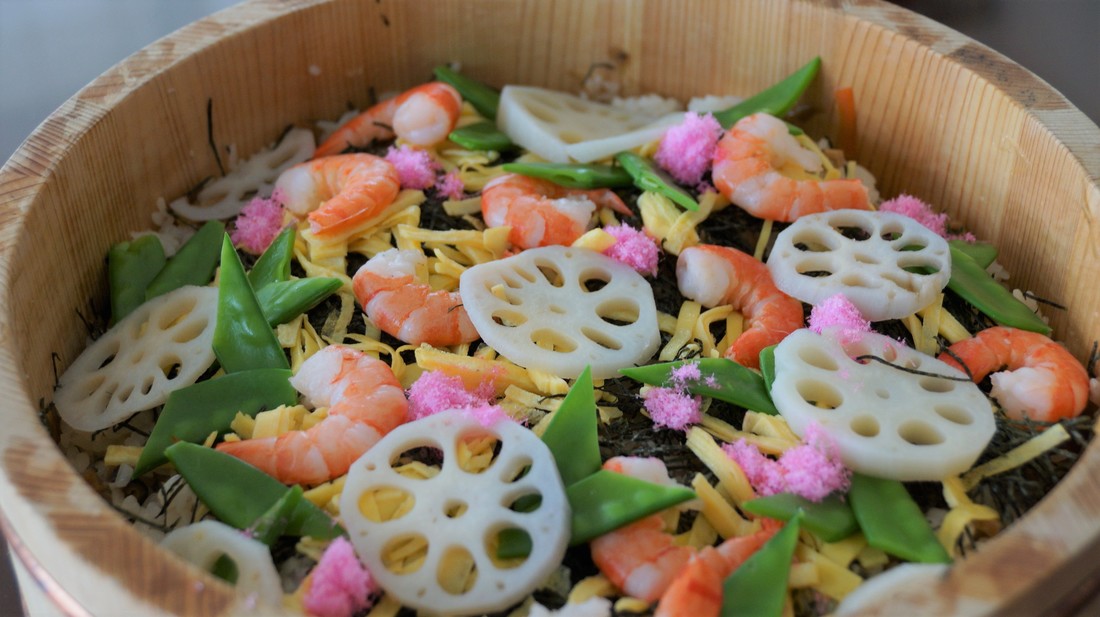
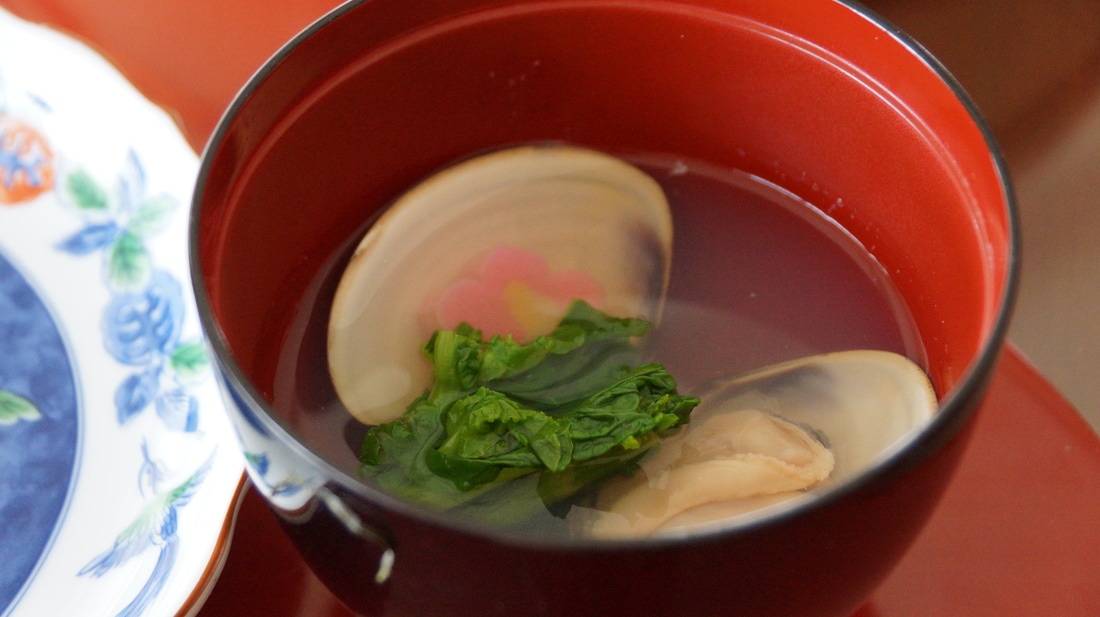
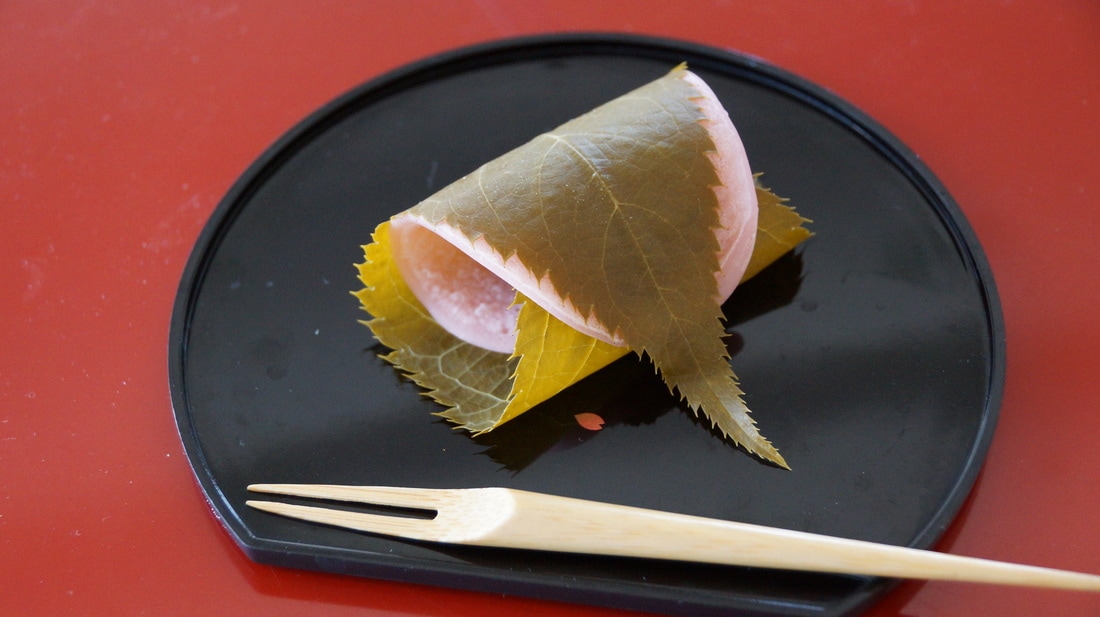
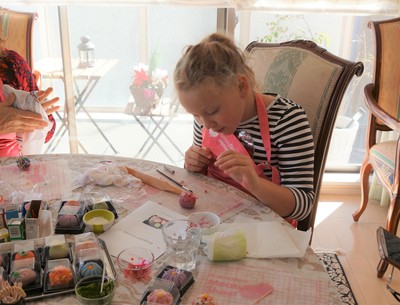
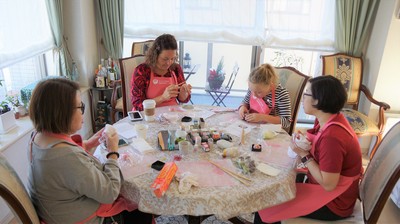
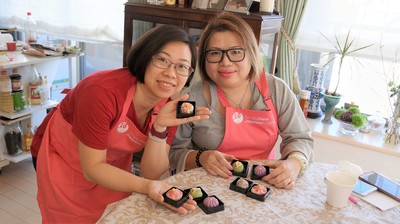
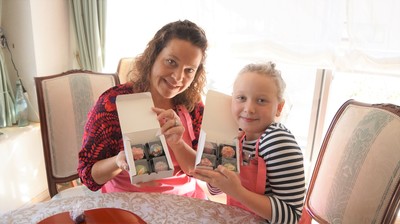
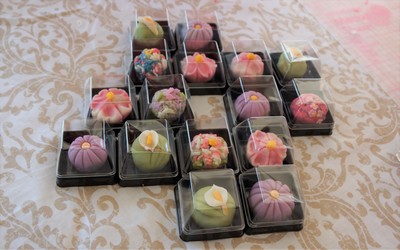
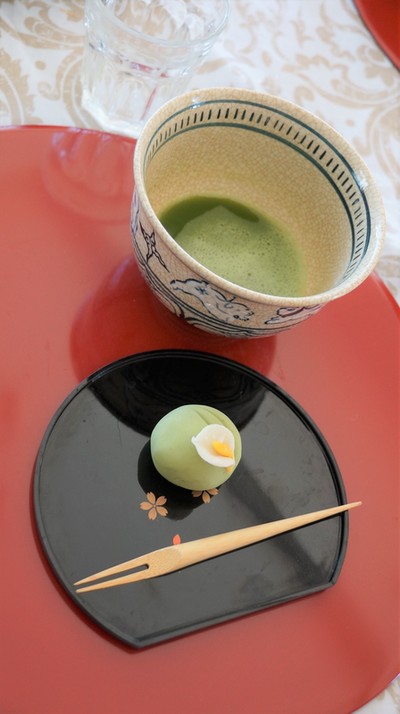
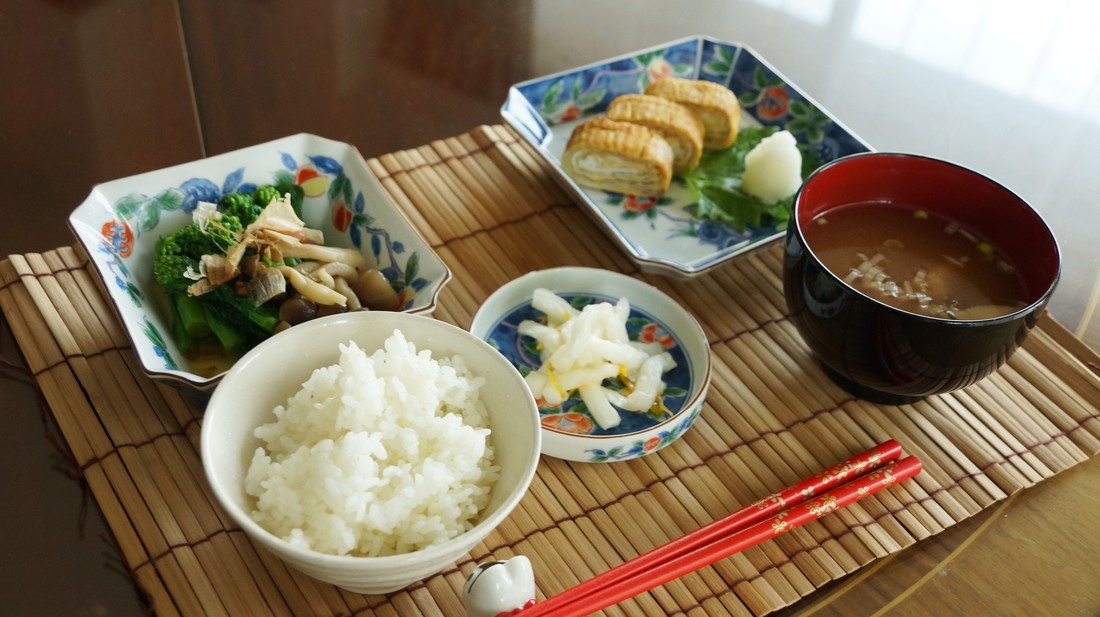

 RSS Feed
RSS Feed
